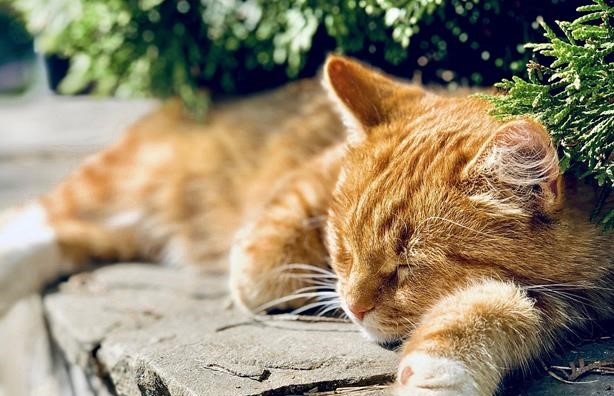Cats are obligate carnivores, which means their natural diet primarily consists of animal-based proteins. However, some vegetables can be incorporated into their diet as an occasional treat or supplementary source of nutrients. While vegetables are not a significant part of a cat’s diet, they can provide certain health benefits when introduced in moderation. In this article, we will explore some safe vegetables for cats and how to incorporate them into their diet.
-
Cooked Carrots
Carrots are a nutritious vegetable that can be safely fed to cats when cooked. Cooked carrots are soft and easier for cats to digest than raw ones. They are a good source of beta-carotene, which can promote eye health and boost the immune system. Dice or mash the carrots into small pieces before offering them to your cat as an occasional treat.
-
Cooked Green Beans
Cooked green beans are another safe vegetable for cats. They are low in calories and can provide dietary fiber, which can aid in digestion. Green beans can be cooked until soft and then cut into small, manageable pieces. However, avoid adding any seasonings or spices that might be harmful to cats.
-
Cooked Peas
Cooked peas are a source of essential nutrients like vitamins A and K, as well as fiber. They can be steamed or boiled and then mashed or cut into small portions for cats. Peas can be a healthy addition to your cat’s diet in moderation.
-
Cooked Broccoli
Broccoli can be offered to cats in small amounts when it’s cooked and plain. It contains vitamins and minerals, such as vitamin C and fiber. Remove any tough stems or leaves and cut the broccoli into tiny pieces to make it easier for your cat to eat. Keep in mind that some cats may not find the taste of broccoli appealing.
-
Pumpkin
Pumpkin is a favorite among many cats, especially for its digestive benefits. Canned, plain, and pureed pumpkin (not pumpkin pie filling) can help with constipation and diarrhea. The fiber in pumpkin can aid in regulating the cat’s digestive system. It can be served in small portions as needed, and some cats may enjoy it as a treat.
-
Spinach and Kale
Spinach and kale are leafy greens that contain various vitamins and minerals. However, they should be offered sparingly and in small amounts. Too much spinach or kale can interfere with calcium absorption and may not be suitable for all cats. Always consult your veterinarian before introducing these greens into your cat’s diet.
-
Avoid Toxic Vegetables
While many vegetables are safe for cats in moderation, there are some that should be avoided altogether due to their potential toxicity. Onions, garlic, leeks, and chives are examples of vegetables that can be harmful to cats, even in small quantities. Additionally, avoid feeding your cat any part of the tomato plant, as it contains compounds that can be toxic.
Conclusion
While cats are primarily carnivores, they can benefit from small amounts of certain vegetables in their diet. These vegetables can provide additional nutrients and dietary fiber. However, it’s essential to remember that vegetables should only be given as an occasional treat and not replace high-quality commercial cat food specifically formulated to meet their nutritional needs. Before introducing any new food into your cat’s diet, consult with your veterinarian to ensure it’s safe and appropriate for your feline friend.



